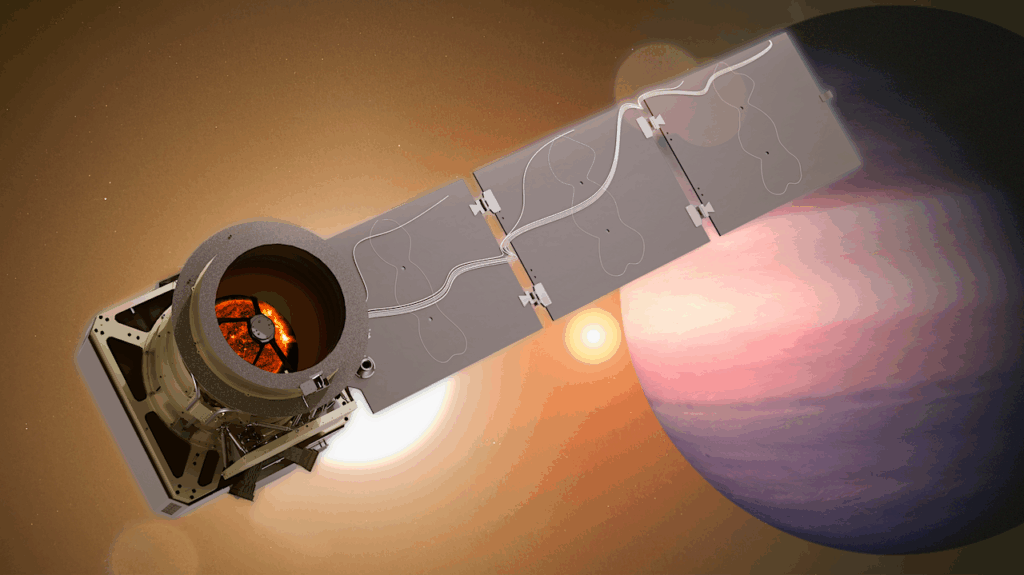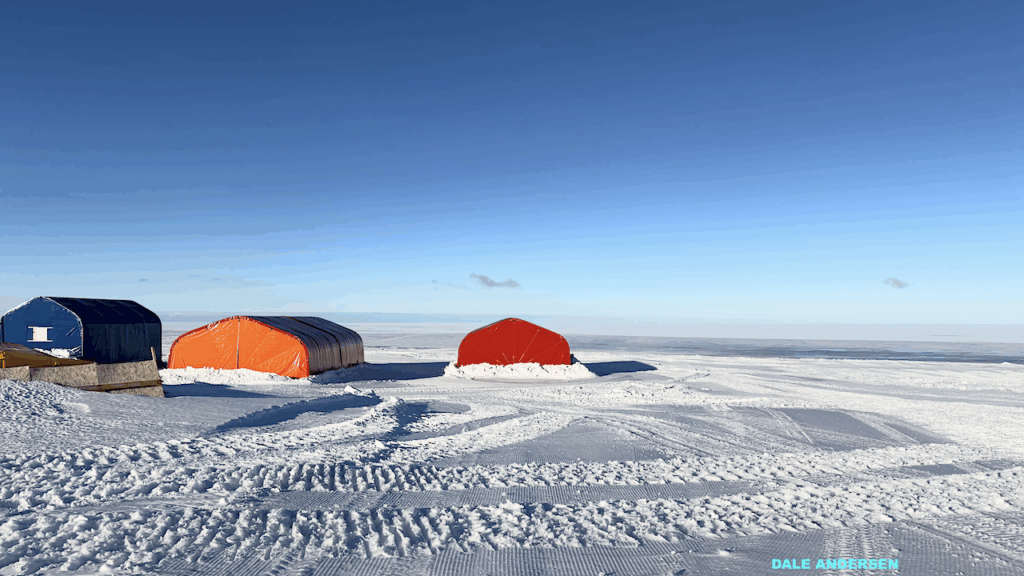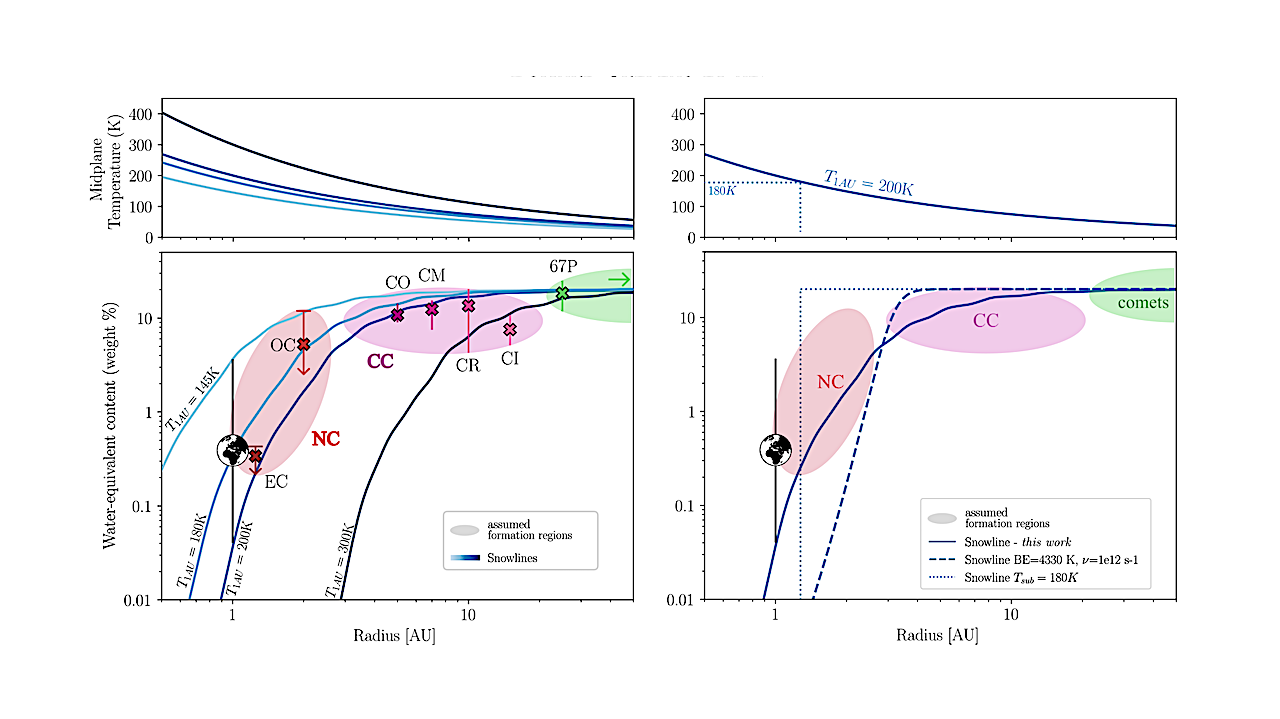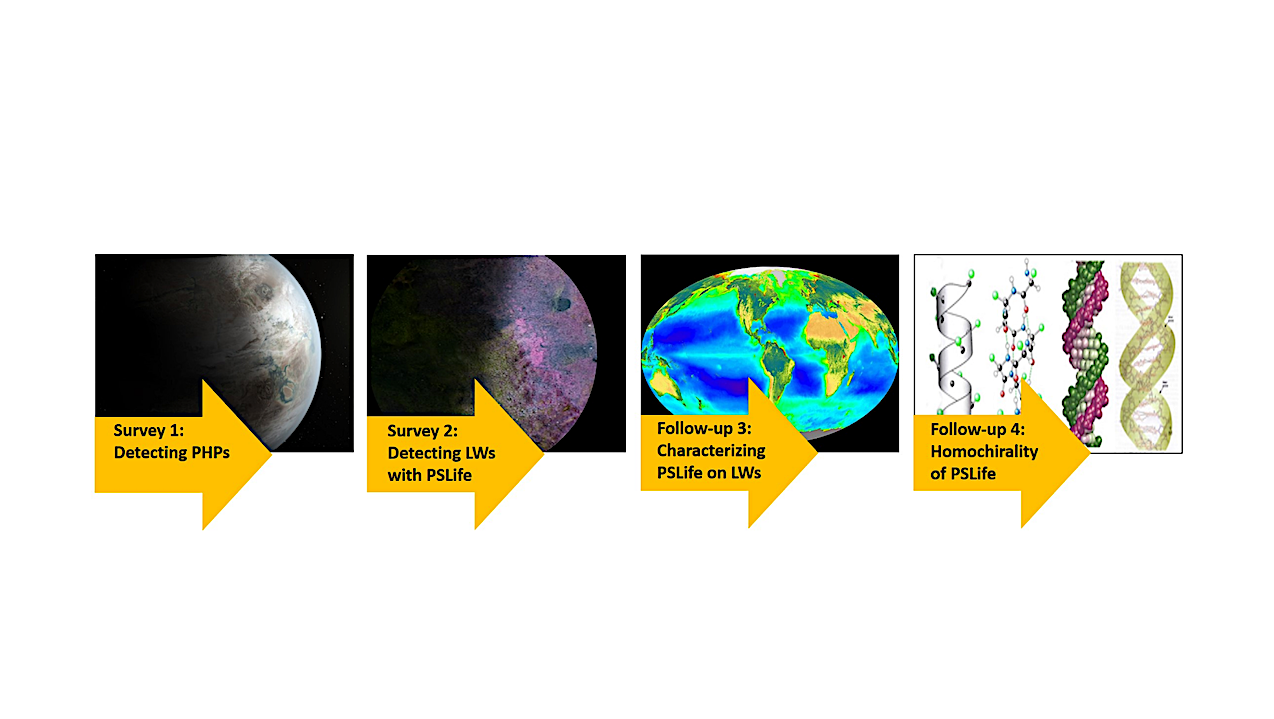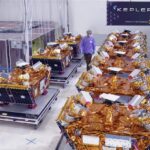Now Reading: Exploring The Habitability And Interior Composition Of Exoplanets Lying Within The Extended Habitable Zone
-
01
Exploring The Habitability And Interior Composition Of Exoplanets Lying Within The Extended Habitable Zone
Exploring The Habitability And Interior Composition Of Exoplanets Lying Within The Extended Habitable Zone
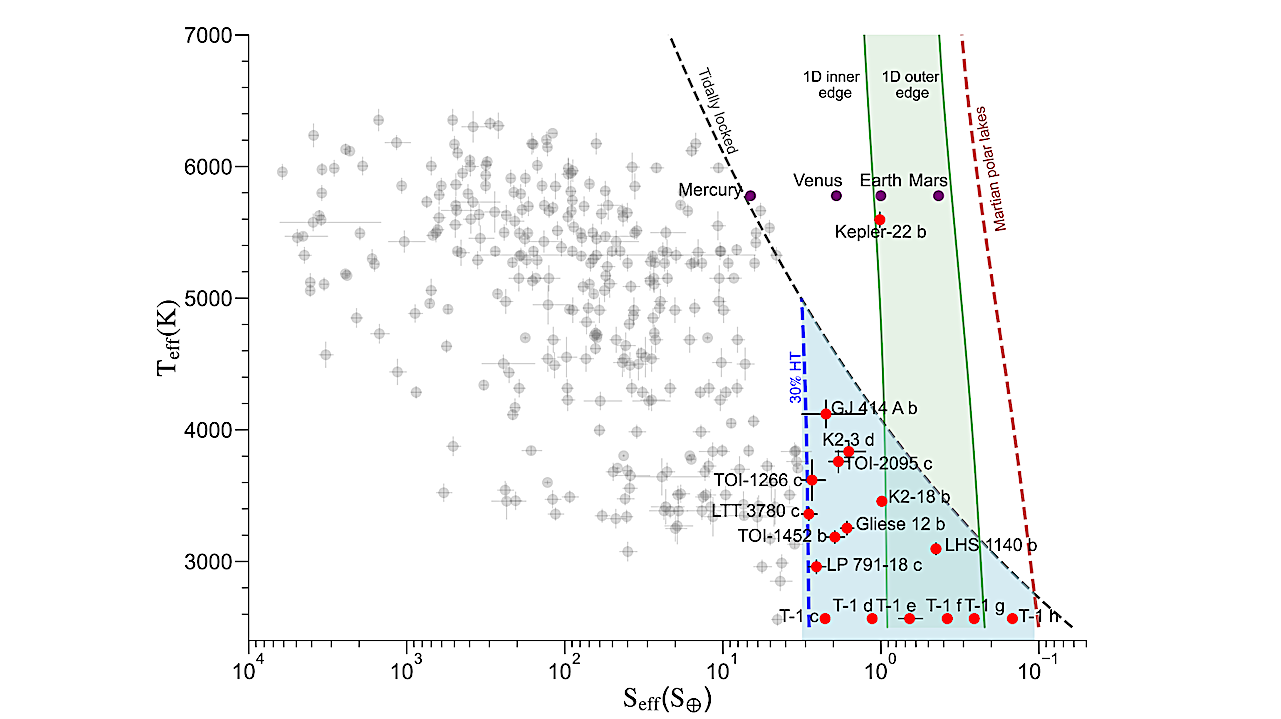
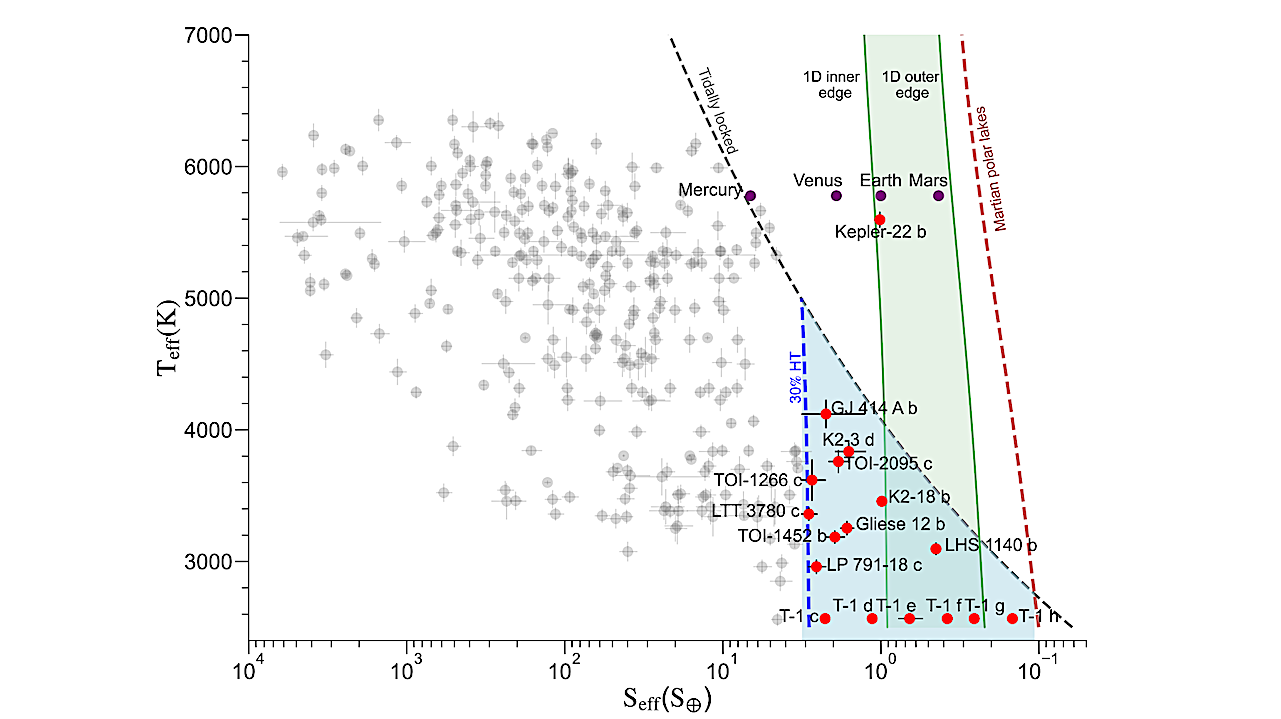
Distribution of 339 planets in the stellar effective flux (𝑆eff) versus stellar temperature (𝑇eff) space. Red solid circles indicate the 17 planets orbiting within the EHZ, while gray points depict the remaining planets. Solar system planets are marked with purple circles. The green solid lines correspond to the inner and outer edges of the classical 1D habitable zone, as defined by Kopparapu et al. (2013). The blue dashed line represents the inner edge of the Extended Habitable Zone (EHZ) around M dwarf stars, assuming 30% heat transport efficiency (Wandel 2023a). The brown curve marks the outer edge of the EHZ, determined by the melting of ice sheets driven by geothermal heat (Wandel 2023b). The gray dashed line indicates the tidally locked radius around M dwarf stars. The green shaded region defines the classical HZ and the blue shaded region highlights the extended HZ for tidally locked exoplanets. — astro-ph.EP
Studying the habitability, internal structure and composition of exoplanets is crucial for understanding their potential to sustain life beyond our solar system.
Characterizing planetary structures and atmospheric evolution provides valuable insights into surface conditions and the long-term habitability of these planets. In this study, we present a comprehensive analysis of exoplanets spanning from super-Earths to mini-Neptunes (Rp ≤ 4 R⊕ and Mp ≤ 15 M⊕) located within the extended habitable zone, along with parameterization of their host stars.
We find that the planets in our sample orbit M dwarf stars and are tidally locked to them. Using archival photometric data from Gaia, Pan-STARRS1, 2MASS, and WISE, we estimate the atmospheric and physical parameters of the host stars.
We also model the interior structure of these planets to infer their possible compositions. Additionally, under the assumption that these exoplanets can accrete a gaseous layer, we model the envelope fraction of the habitable exoplanets.
With an Earth-like rocky composition, LHS 1140 b and TOI-1452 b can hold onto negligible amount of their initial gas layer. However, sustaining a sufficient amount of atmosphere over time, the planets LP 791-18 c, LTT 3780 c and K2-18 b are likely to be water worlds.
The models suggest a water rich composition for TOI-1266 c without any significant amount of atmosphere. Modeling interior compositions and atmospheric escape scenarios allow us to assess the potential habitability of these planets by evaluating the likelihood of surface liquid water and the retention of stable atmospheres.
Sushmita Deb, Kaushal Sharma, Samrat Biswas, Biman Jyoti Medhi
Comments: 15 pages, 6 figures
Subjects: Earth and Planetary Astrophysics (astro-ph.EP)
Cite as: arXiv:2507.04440 [astro-ph.EP] (or arXiv:2507.04440v1 [astro-ph.EP] for this version)
https://doi.org/10.48550/arXiv.2507.04440
Focus to learn more
Related DOI:
https://doi.org/10.1093/mnras/staf1057
Focus to learn more
Submission history
From: Sushmita Deb
[v1] Sun, 6 Jul 2025 15:58:53 UTC (15,164 KB)
https://arxiv.org/abs/2507.04440
Astrobiology,
Stay Informed With the Latest & Most Important News
-
 01From Polymerization-Enabled Folding and Assembly to Chemical Evolution: Key Processes for Emergence of Functional Polymers in the Origin of Life
01From Polymerization-Enabled Folding and Assembly to Chemical Evolution: Key Processes for Emergence of Functional Polymers in the Origin of Life -
 02Two Black Holes Observed Circling Each Other for the First Time
02Two Black Holes Observed Circling Each Other for the First Time -
 03How New NASA, India Earth Satellite NISAR Will See Earth
03How New NASA, India Earth Satellite NISAR Will See Earth -
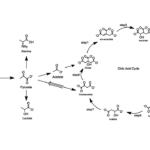 04Thermodynamic Constraints On The Citric Acid Cycle And Related Reactions In Ocean World Interiors
04Thermodynamic Constraints On The Citric Acid Cycle And Related Reactions In Ocean World Interiors -
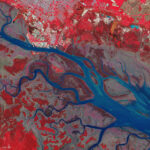 05Φsat-2 begins science phase for AI Earth images
05Φsat-2 begins science phase for AI Earth images -
 06Hurricane forecasters are losing 3 key satellites ahead of peak storm season − a meteorologist explains why it matters
06Hurricane forecasters are losing 3 key satellites ahead of peak storm season − a meteorologist explains why it matters -
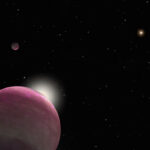 07Binary star systems are complex astronomical objects − a new AI approach could pin down their properties quickly
07Binary star systems are complex astronomical objects − a new AI approach could pin down their properties quickly












